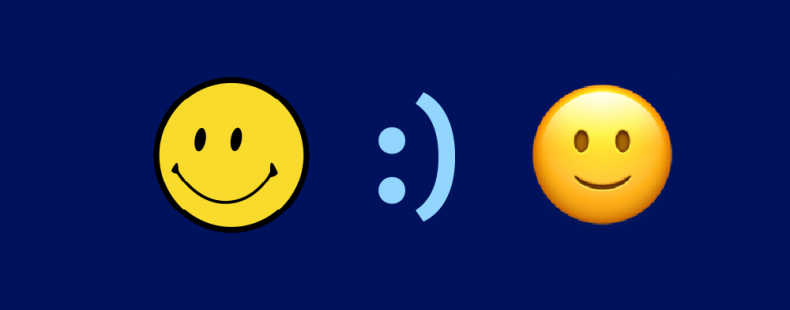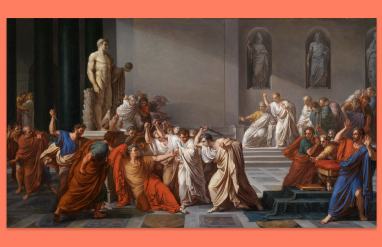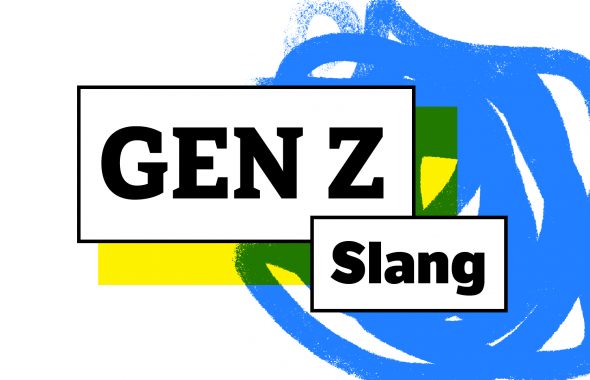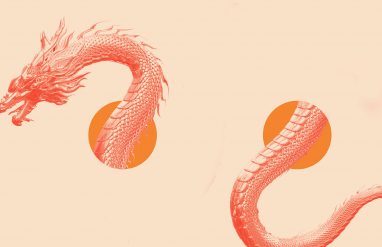Smile and the world smiles with you! The smiley, as most people know, is a yellow face with a big, jolly smile. This smiling face seems to be a universal and ubiquitous symbol of joy and cheer. But why? Are people obsessed with the human face? Maybe so, as our fascination with faces allows us to see them in everyday objects, a phenomenon known as pareidolia. Pareidolia is “the imagined perception of a pattern or meaning where it does not actually exist,” and explains why we interpret a yellow circle with dots and a curved line as a happy face.
But don’t worry, be happy! Every year on October 1, the whole world smiles as we celebrate World Smile Day. The day will feature plenty of smileys, so that got us wondering … Just how old is the smiley? Where did it come from, and why do emoji look so much like that classic yellow smiley? The answers are guaranteed to, well, leave you smiling!
What is the oldest smiley face?
In 2017, archaeologist Nicolo Marchetti discovered a variety of objects from the ancient Hittite civilization. One of the artifacts was a pot with a smile etched on it in the form of two dots and a curved line. Marchetti dated the pot to around 1700 BCE, which means this smile has been growing nearly 4,000 years.
Learn about how handwriting overall has also evolved over the centuries.
Prior to this discovery, the oldest smiley was recorded on a 1635 Slovakian legal document. The document was signed by a lawyer who also included a drawing of two dots and a line inside a circle to show his approval.
Who drew the first classic smiley?
To trace the birth of the yellow smiley face we think of today, we need to fast forward all the way to the 1960s. In 1963, graphic designer Harvey Ball was paid $45 to create a motivating design for the State Mutual Life Assurance Company. Ball created a yellow smiling face with two black dots for eyes and a curved, black line for a smile. The company loved it and placed it on a variety of merchandise.
Neither Ball nor the company that hired him would trademark the symbol. However, others couldn’t let this business opportunity slip by. The smiley face’s trademark and ownership has been at the center of many lawsuits and legal battles since the 1970s, battles that are still fought today. In response to this rampant commercialization of the symbol he created, Harvey Ball declared October 1 as World Smile Day in honor of the joy that smiles bring worldwide. The first World Smile Day was held in 1999, and it is still celebrated to this day.
Tired of resorting to the same emoji all the time? Consider some of these suggestions for emoji synonyms!
Who invented emoticons?
Moving into the 1980s … another happy face emerged in the digital space. The creation of the emoticon is credited to Carnegie Mellon University professor Scott Fahlman, who developed the idea in 1982. At the time, Fahlman and colleagues at Carnegie Mellon used online bulletin boards to chat with each other. Fahlman noticed a recurring problem on the boards: it was often hard to tell if someone was being sarcastic on a humorous post.
In response, Fahlman sent a message that suggested use of the character sequence :-) to indicate sarcasm and :-( to indicate seriousness. Fahlman had no idea what he had just unleashed upon the digital world. Fahlman’s faces would catch on and lead to the many other emoticons–such as :) ;) and :D to name just a few. They were extremely popular for online chatting until the emergence of a new form of smiley face, one that Fahlman would grow to dislike. (To this day, Fahlman and his friends prefer the original emoticons, and he once told a reporter he has an “emotional attachment” to those faces he helped create.)
Where do modern emoji come from?
In the late 1990s, Japanese mobile phone users used text chatting just as much as phone calls. (Crazy, right?) In response, Japanese phone companies developed sets of pictures that their customers could send while chatting on the company’s phones. These picture sets would be the world’s first emoji, and they included different faces and expressions, however these faces looked a lot different from the yellow smiley people we’re used to today. They were pixelated versions of facial expressions, with simple, tiny lines for the eyes and mouths.
Emoji wouldn’t be widely supported on mobile devices until the early- to mid-2010s. However, Unicode had been supporting picture-like symbols as early as 1993. As a result of support for various Dingbats fonts, Unicode added White Smiling Face, Black Smiling Face, and Frowning Face characters that resembled the classic smiley face.
In 2015, Unicode released Emoji 1.0. This initial set of emoji included over 60 different variations of smiley faces, including the White Smiling Face from 1993. Then and now, Unicode versions of emoji are always depicted as black-and-white illustrations; it is up to the companies that implement them to decide what color the emoji depicting faces should be. While nobody knows the exact reason why most providers decided to use yellow, it seems highly likely that it was based on Harvey Ball’s classic yellow smiley face that people had become accustomed to.
Today, there are nearly 100 different emoji based on the smiley face, with more being added all of the time. The most recent batch of emoji included three new faces, namely the Face in Clouds emoji 😶🌫️, the Face Exhaling emoji 😮💨, and the Face With Spiral Eyes emoji 😵💫. (These emoji can show up as a combination of two symbols.) The upcoming Emoji 14.0 has seven new faces, including a Melting Face emoji and a Saluting Face emoji. See, that’s definitely something to smile about!












